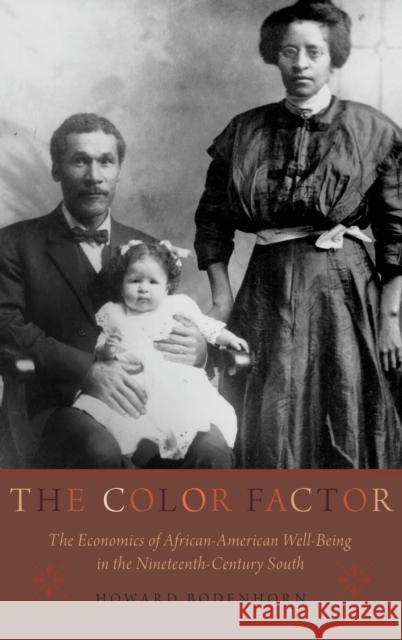The Color Factor: The Economics of African-American Well-Being in the Nineteenth-Century South » książka
The Color Factor: The Economics of African-American Well-Being in the Nineteenth-Century South
ISBN-13: 9780199383092 / Angielski / Twarda / 2015
Despite the many advances that the United States has made in racial equality over the past half century, numerous events within the past several years have proven prejudice to be alive and well in modern-day America. In one such example, Governor Nikki Haley of South Carolina dismissed one of her principal advisors in 2013 when his membership in the ultra-conservative Council of Conservative Citizens (CCC) came to light. According to the Southern Poverty Law Center, in 2001 the CCC website included a message that read "God is the one who divided mankind into different races.... Mixing the races is rebelliousness against God." This episode reveals America's continuing struggle with race, racial integration, and race mixing-a problem that has plagued the United States since its earliest days as a nation.
The Color Factor: The Economics of African-American Well-Being in the Nineteenth-Century South demonstrates that the emergent twenty-first-century recognition of race mixing and the relative advantages of light-skinned, mixed-race people represent a re-emergence of one salient feature of race in America that dates to its founding. Economist Howard Bodenhorn presents the first full-length study of the ways in which skin color intersected with policy, society, and economy in the nineteenth-century South. With empirical and statistical rigor, the investigation confirms that individuals of mixed race experienced advantages over African Americans in multiple dimensions - in occupations, family formation and family size, wealth, health, and access to freedom, among other criteria. The Color Factor concludes that we will not really understand race until we understand how American attitudes toward race were shaped by race mixing. The text is an ideal resource for students, social scientists, and historians, and anyone hoping to gain a deeper understanding of the historical roots of modern race dynamics in America.










